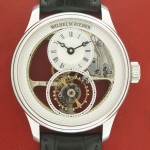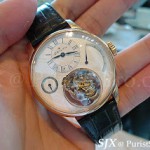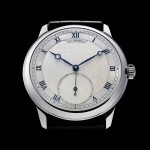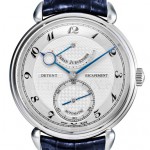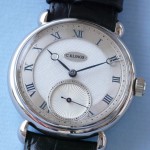Introducing the Christian Klings Tourbillon Nr. 2, with Self-Starting Detent Escapement
German independent watchmaker Klings has perfected the chronometer escapement by making it self-starting.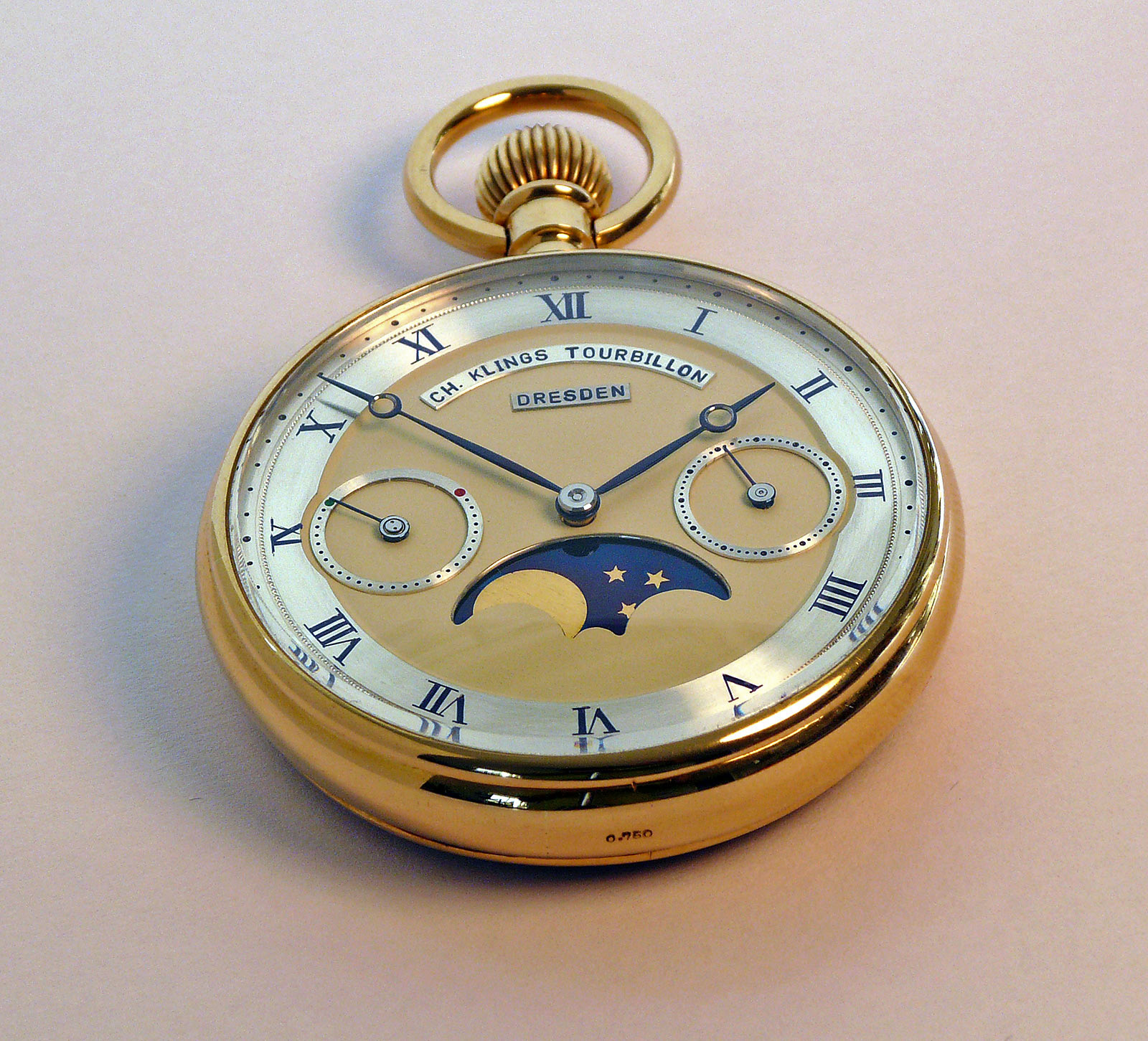
Christian Klings is the quintessential independent watchmaker as imagined by most watch collectors: a artisan working on his own, building highly complex and beautiful timepieces – including some classically beautiful yet technically novel wristwatches – from scratch. Highly regarded by those in the know, yet not widely known, Klings is based in Wechselburg, a small town an hour away from Dresden.
Having produced a mere 20 timepieces across a two-decade career, his latest creation is a pocket watch with tourbillon regulator and a self-starting spring detent escapement, an accomplishment that was historically impossible.
The delicate spring detent
The detent escapement, sometimes called the chronometer escapement, was invented in the late 18th century and became the standard escapement on top quality timekeepers like marine chronometers and chronometer pocket watches until the mid-20th century. By then it was already obsolete, since the Swiss lever escapement became standard in all wristwatches.
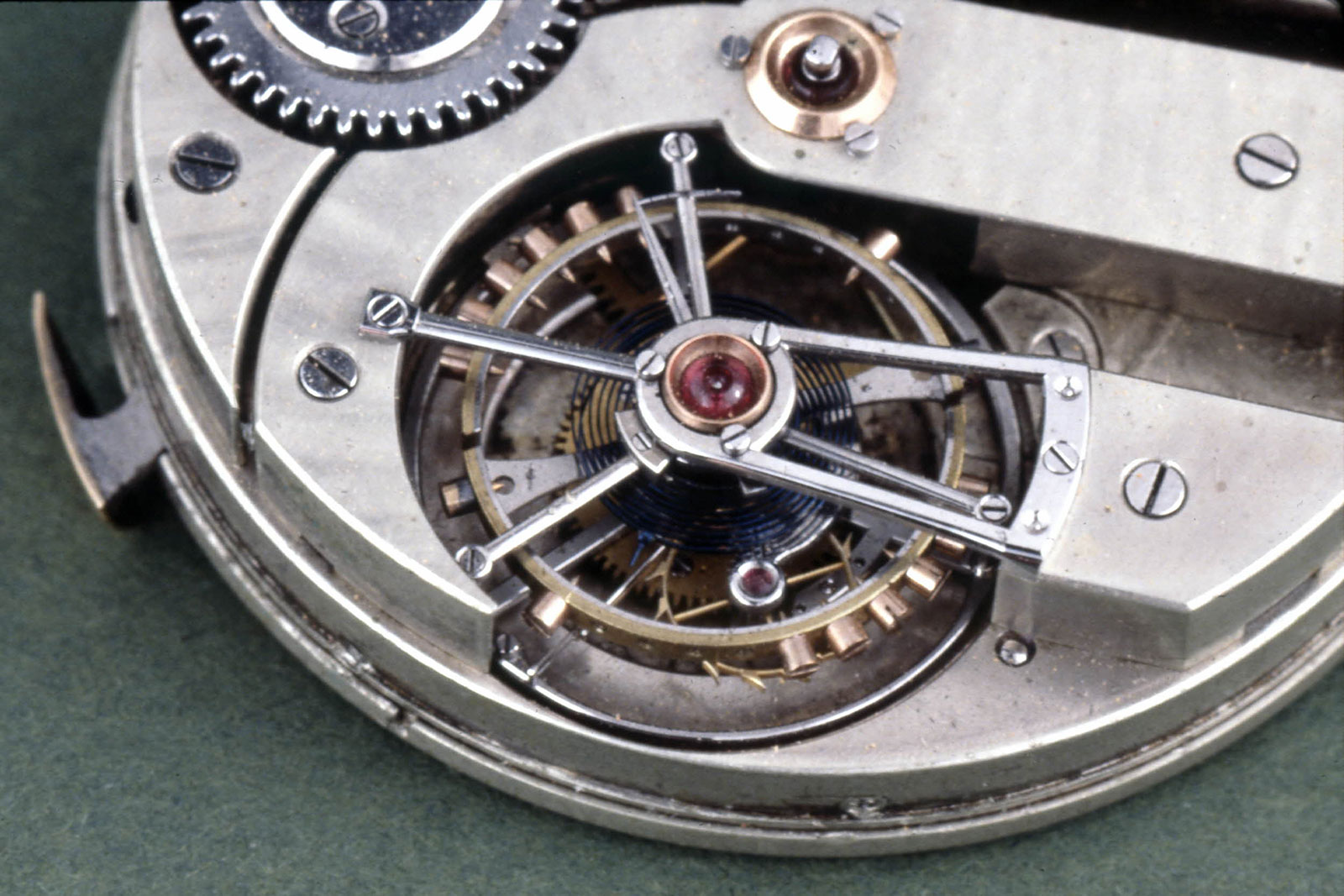
A tourbillon chronometer pocket watch with a spring detent escapement; tourbillon built by Albert Pellaton. Circa 1900. ©Trustees of the British Museum
But the detent escapement lived on in artisanal timepieces created by independent watchmakers in the later part of the 20th century. In fact, a tourbillon pocket watch with spring detent escapement was usually the first major project undertaken by many of today’s leading independent watchmakers, including prominent talents like Kari Voutilainen and F.P. Journe. In fact, Journe’s Historical Anniversary Tourbillon T30 wristwatch is modelled on his very first creation, a pocket watch tourbillon with detent escapement.
But the detent escapement has a major drawback, it is delicate, being vulnerable to shocks and isn’t self-starting. That means the escapement tends to stop when jarred, and needs a shake to start beating once again. Its fragile nature is due to the way in which it works: a thin spring with a jewel on its tip locks the escape wheel, and the spring is released by jewel on the balance as the balance swings. When the spring is released briefly, it unlocks the escape wheel, which advances by one step. That in turns gives an impulse to the balance as one tooth on the escape wheel nudges the roller jewel of the balance.
Because the escape wheel works directly against the balance (the lever escapement found in ordinary watches has a pallet fork between the two), the detent escapement is efficient and needs no lubrication. These qualities made it ideal for marine chronometers, which had to keep good time while being at sea for long periods.
The Klings invention
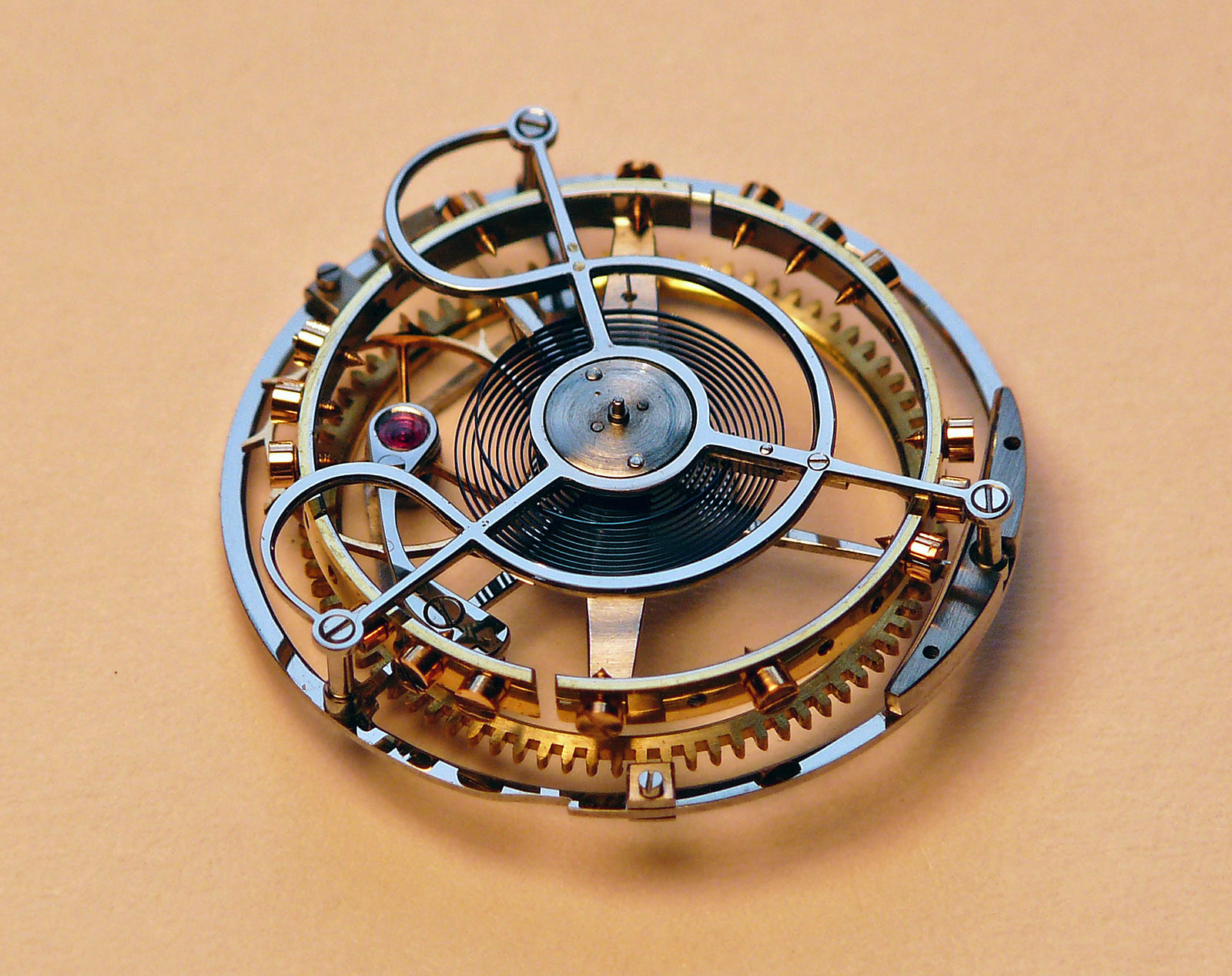
The carriage of the Christian Klings Tourbillon Nr. 2
Christian Klings conceived a self-starting detent escapement by means of an extra pair of springs connected to the gear train that lock the balance once the mainspring is empty. Once wound up, the movement of the gear train unlocks the spring, releasing the balance wheel. His invention has not been patented, consequently the technical diagrams for the movement will only be handed over to the owner of the Tourbillon Nr. 2.
Klings estimates it took him between 1500 to 2000 hours of work to produce and assembly the Tourbillon Nr. 2. The timepiece had an even longer gestation period, requiring a tremendous amount of trial and error to perfect the self-starting escapement. Klings began the project in 2001 and only completed it last year.
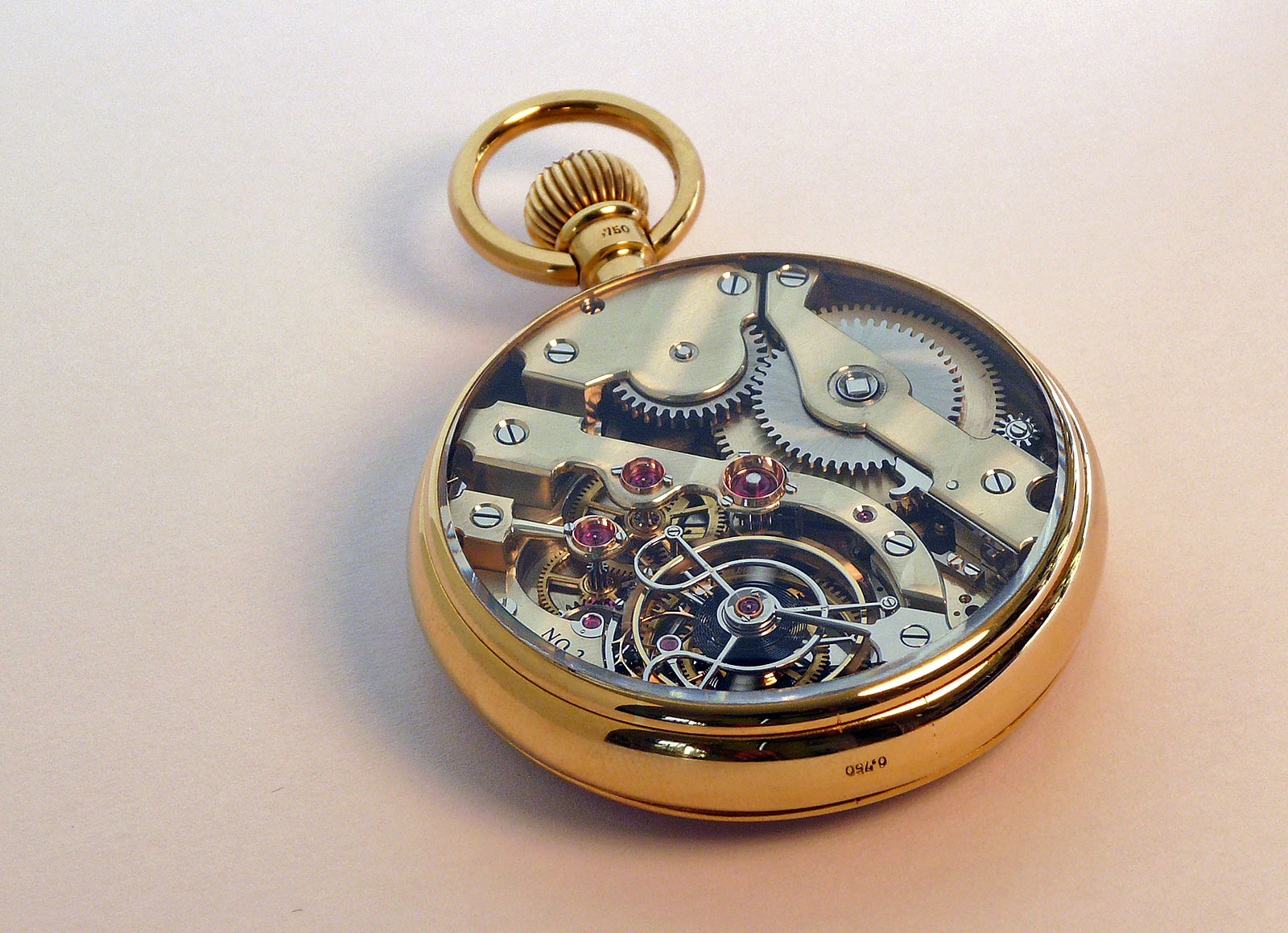
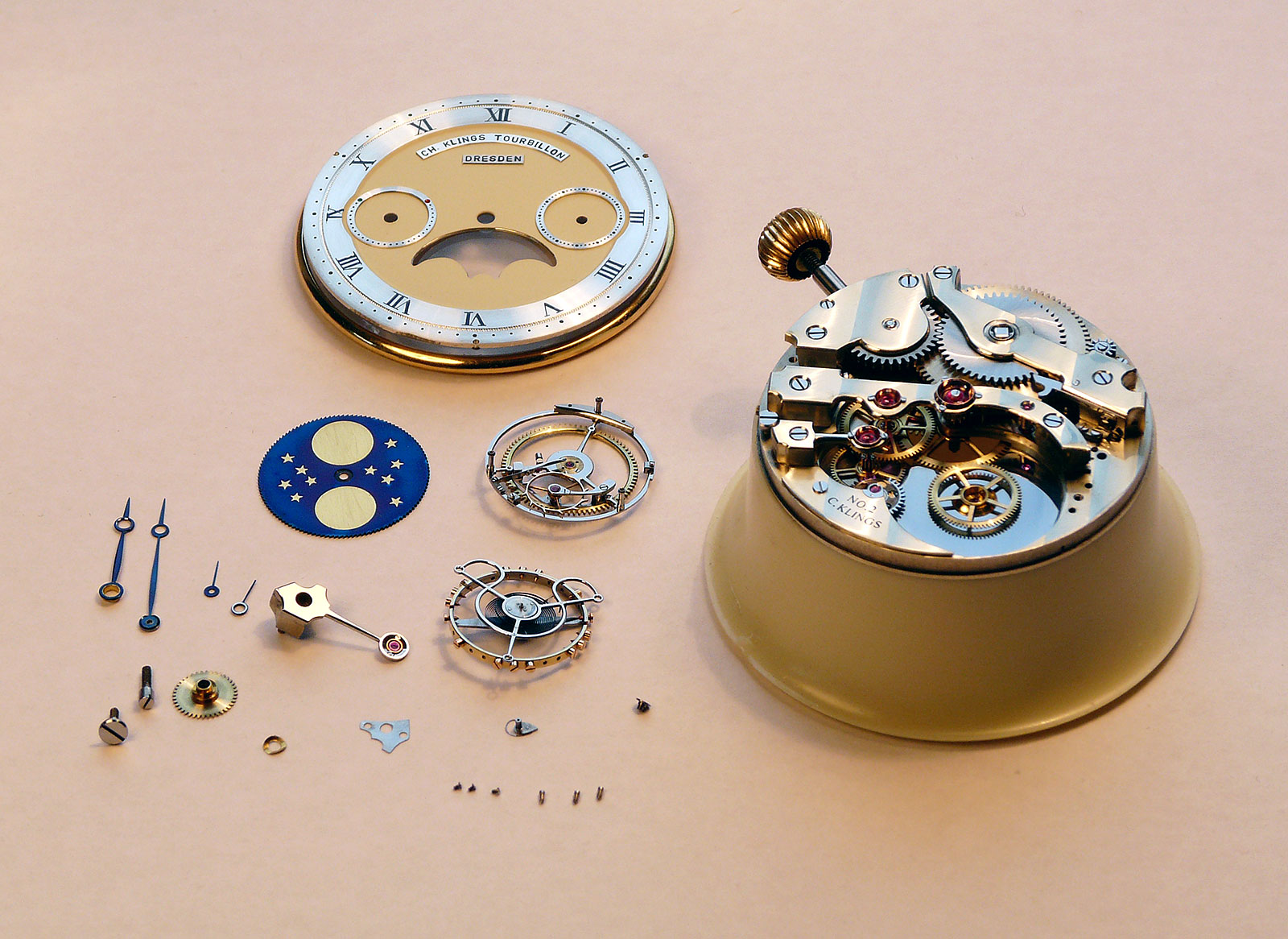
The base movement of the Tourbillon Nr. 2 is a 19th century Swiss pocket watch calibre that was heavily modified, with the key addition being the one-minute tourbillon regulator. Beyond adding a tourbillon and new escapement, Klings also open-worked the German silver bridges in order to allow for finer finishing, especially of the bevelled edges. The cock for the fourth wheel was also reworked into a slim, rounded arm to reveal more of the escapement.
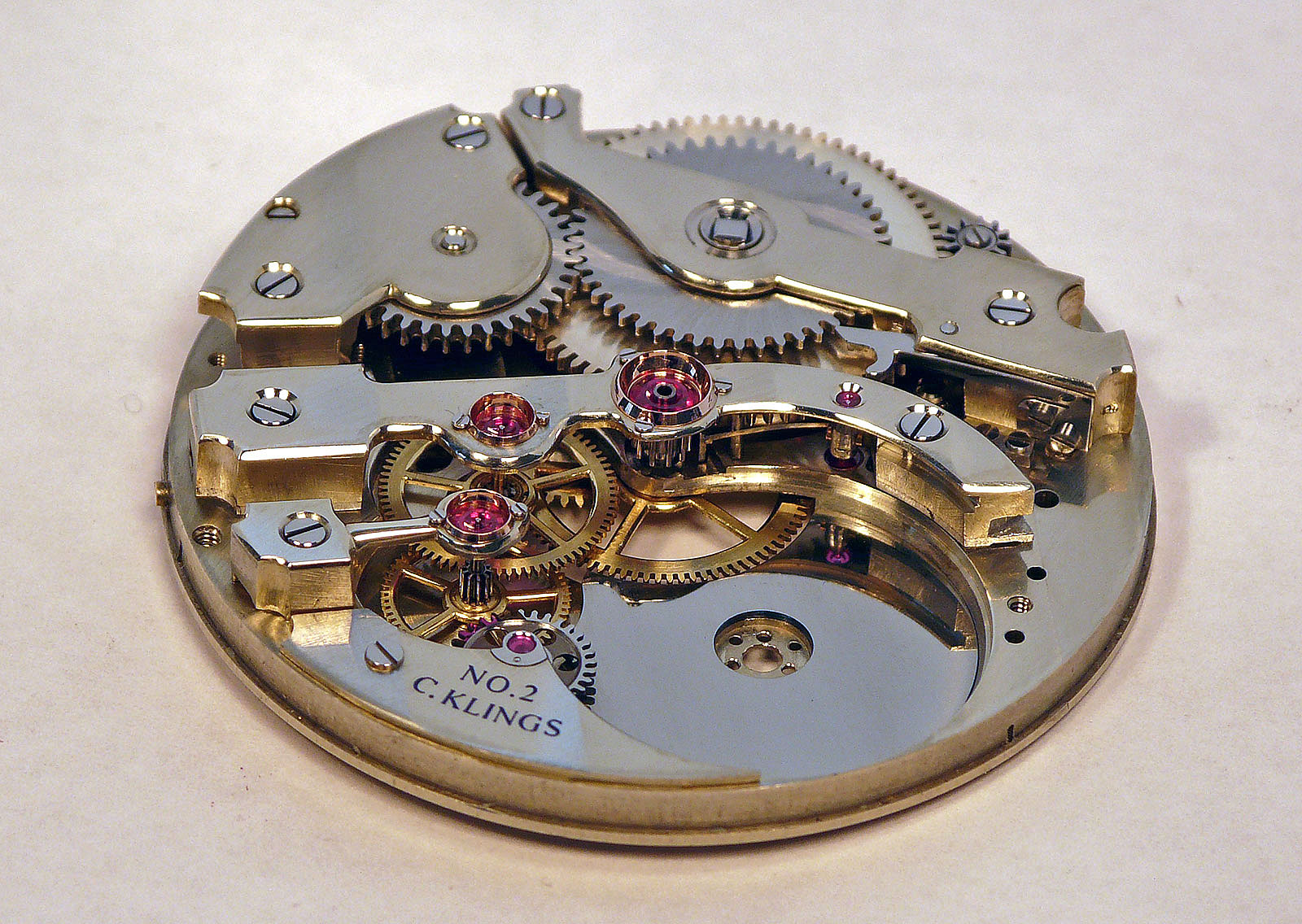
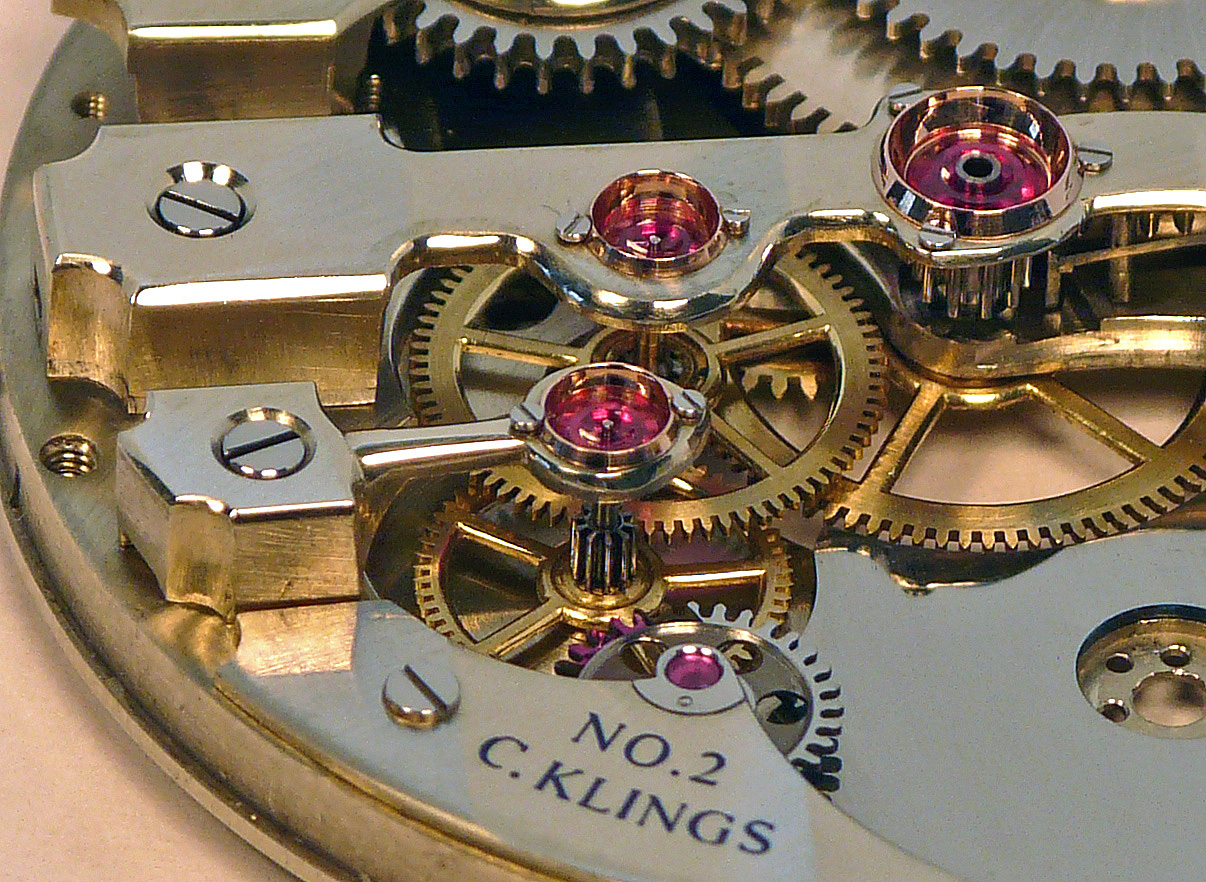
In addition Klings also incorporated a moon phase display into the movement, as well as his proprietary zero-reset hack seconds. Pulling the crown stops the seconds hand and returns it to 12 o’clock for precise time-setting.
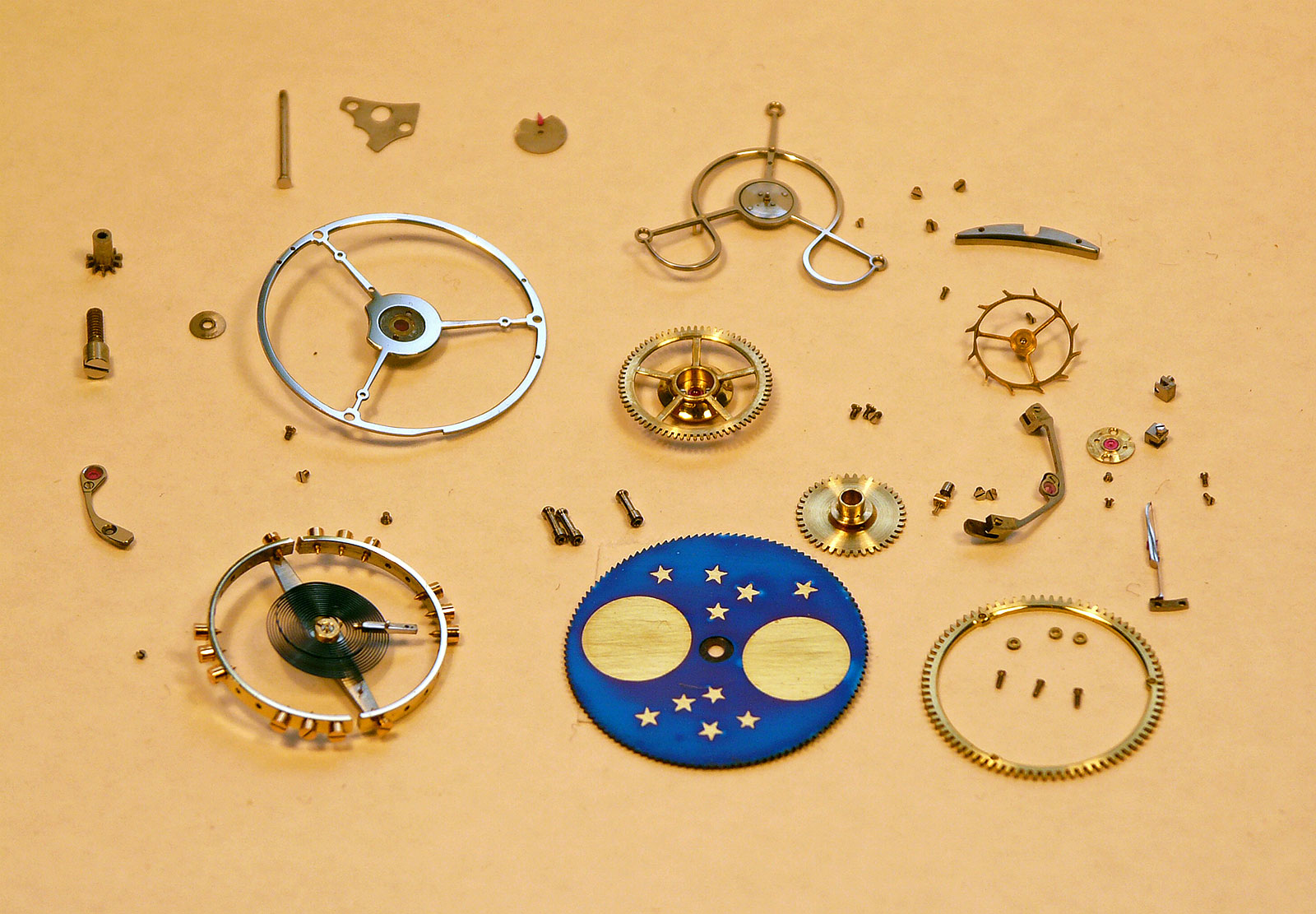
The parts of the tourbillon and moon phase
The 47mm yellow gold case was made in-house by Klings, as was the sterling silver dial with hand-engraved numbers and lettering.
Price and availability
The Tourbillon Nr. 2 is a unique creation and available direct from Christian Klings.
Back to top.
